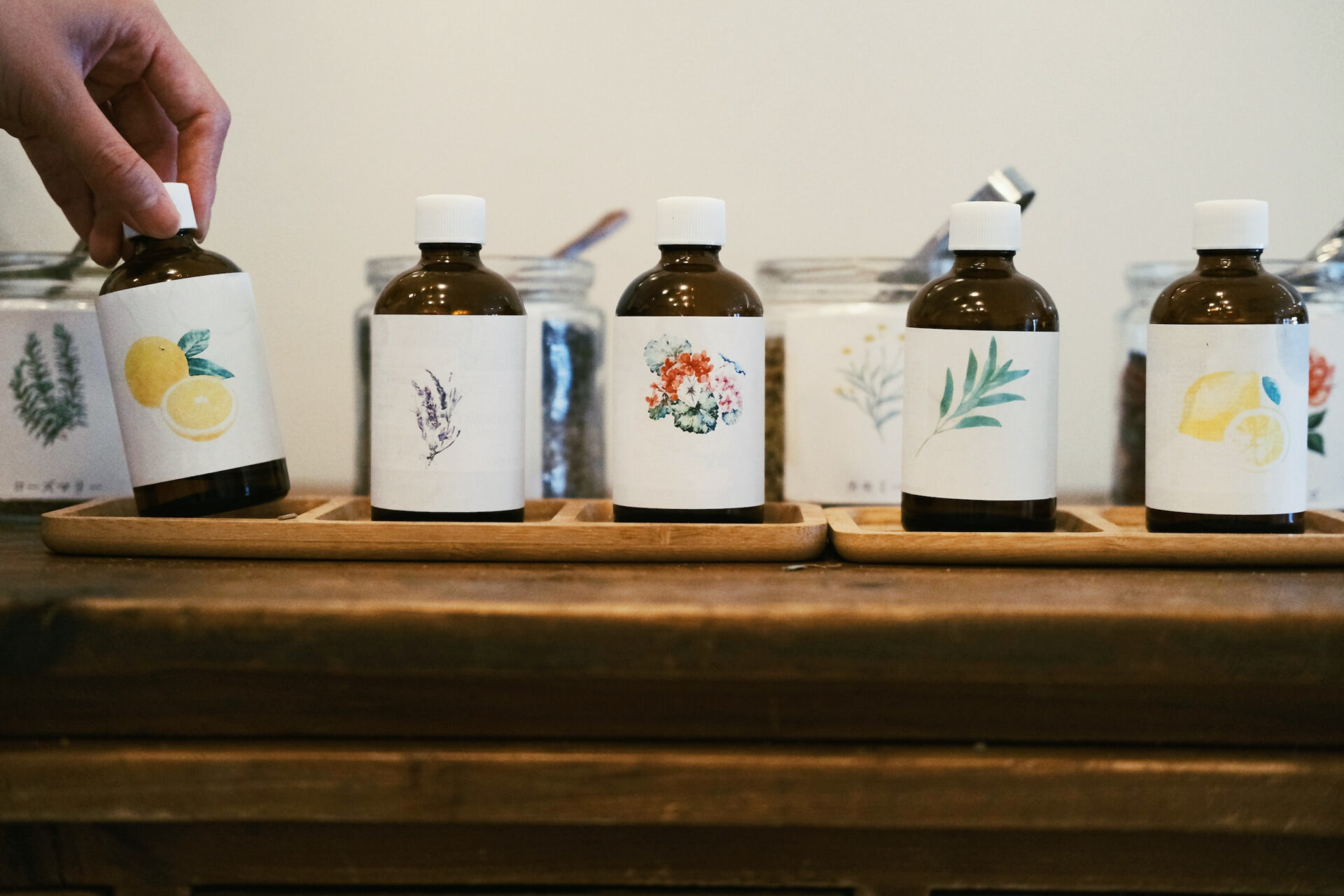
“Citrus” allergic inflammation involves different immunological mechanisms. It involves cross-reactions to common allergens in vegetables, herbs, nuts and other fruits in their flesh, peel or seeds [2]. It can also occur in association with essential oil haptens [3,4] and with other threats (moulds).
Immediate allergy to citrus
In her own, as yet unpublished, study at the Centre for Allergology in Łódź, Jadwiga Antoniak, MD, PhD, found among 52 children with symptoms of pollen allergy and/or atopic dermatitis a high prevalence of sensitization to the following fruits: kiwi 9.6%; banana 7.6%; citrus 9.6% (including: oranges 5.8% and tangerines 3.8%). It is worth mentioning that antimicrobial peptide (AMP) sensitization is an innate immune mechanism. It protects plant and animal organisms against pathogens. In plants, AMPs play a particularly important role in innate immunity, as these organisms do not produce defensive white blood cells. Important in citrus are temperature-and enzyme-resistant non-specific lipid-binding proteins (nsLTPs). In contrast, the other allergens found in oranges or lemons are:
- profilins, which often cause cross-reactions with pollen but are easily broken down during cooking,
- germline-like defence proteins,
- growth and development factor-dependent proteins – gibberellins [2].
Due to the appearance of similar proteins that are protective for plants and harmful for allergy sufferers, cross-reactions are observed between citrus and peach or grass pollen. In addition, orange cross-reacts with cypress and olive. People with cashew nut and peanut allergies should be especially careful when consuming oranges and their seeds. For them, consumption of squeezed juice with crushed orange seeds can result in a severe allergic reaction [1].
It should be emphasised that people who are allergic to citrus fruits should be particularly careful with the seeds, as they can be resistant to cooking and digestion in the stomach as well as the plant’s transport and spare proteins.
Some allergenic proteins, such as nsLTPs, are located in the peel of citrus fruits, hence reactions on contact with the fruit, but no allergic reactions after the consumption of their flesh. On the other hand, nsLTPs are thermostable and such a fruit with peel, even baked at high temperatures for a long time, will still induce allergic symptoms [2].
Delayed citrus allergy

Sensitizing chemical compounds present in citrus (called haptens) cause contact dermatitis [4], which is sometimes erroneously regarded as atopic dermatitis. Allergic reactions can be triggered by specific fragrances, such as:
- hydroxy citronellal,
- citral,
- limonene (the main odour found in citrus peels).
Hydroxy citronellal is found in lavender oil, orange oil, geranium and lemongrass. Citral, in orange, lemon and lemon balm oil. Citronellolis present in lemon, rose, lemon balm and orange oil, i.e., in organic cosmetics [4]. Limonene is included in in cumin oil and orange and eucalyptus oil. The limonene molecule of lemon is a mirror image of the limonene of orange, which makes lemon smell exactly the opposite of orange [5].
There are also haptens that are responsible for phototoxic reactions (the skin does not react to the hapten itself, but only over the influence of the sun) and belong to the coumarin and furocoumarin families [6]. These are the familiar smells of grasses in hay or bison vodka. A symptom of allergy to another hapten, citronellol, is allergic airborne contact eczema. When this oil is eaten in aromatic foods, it can cause an inflammation of the mucous membranes of the mouth and throat or a diffuse eczema on the skin all over the body, once called ‘id type’. Prevalence of allergy to citronellol: 0.5% of patients qualified for patch testing due to chronic, recurrent eczema [4].
Recognition of citrus allergy
The usual way of establishing immediate allergy to citrus proteins and peptides was, and still is, the determination of serum E antibodies against extracts of f33- oranges (new name Cit s) or for f302-mandarin. We still cannot determine many of the actual allergenic proteins and peptides present, which were mentioned earlier. Instead, in justified cases, commercial and natural (native) point-of-care skin tests are performed with extracts of these fruits, cross-reactive pollen and moulds. This is because it has been shown that in some patients, mould molecules, mainly of the genus Penicyllium, are also the cause of allergic reactions.
In the diagnosis of delayed citrus allergy, hydroxy citronellal is found in the test kit “Fragrance mixture I”, (lotions, perfumes, soaps). Citral and citronellal, on the other hand, are found in ‘Fragrance mixture II’. If the patch test proves positive, these substances should also be avoided in cosmetics [3,4]. The established frequency of positive reactions to citral and geraniol combined to date was more than 4 % in consecutive patients with dermatitis [5].
Conclusions: Patients with citrus allergy should expect to have both immediate and delayed allergy investigated in order to fully prevent the symptoms of their disease by avoiding the underlying cause, rather than just medication, obviously necessary in acute exacerbations.
___________________________
Contact the author: buczylko@centrum-alergologii.lodz.pl
Read more about allergy diagnosis HERE:
________________
translation: Julia Majsiak






